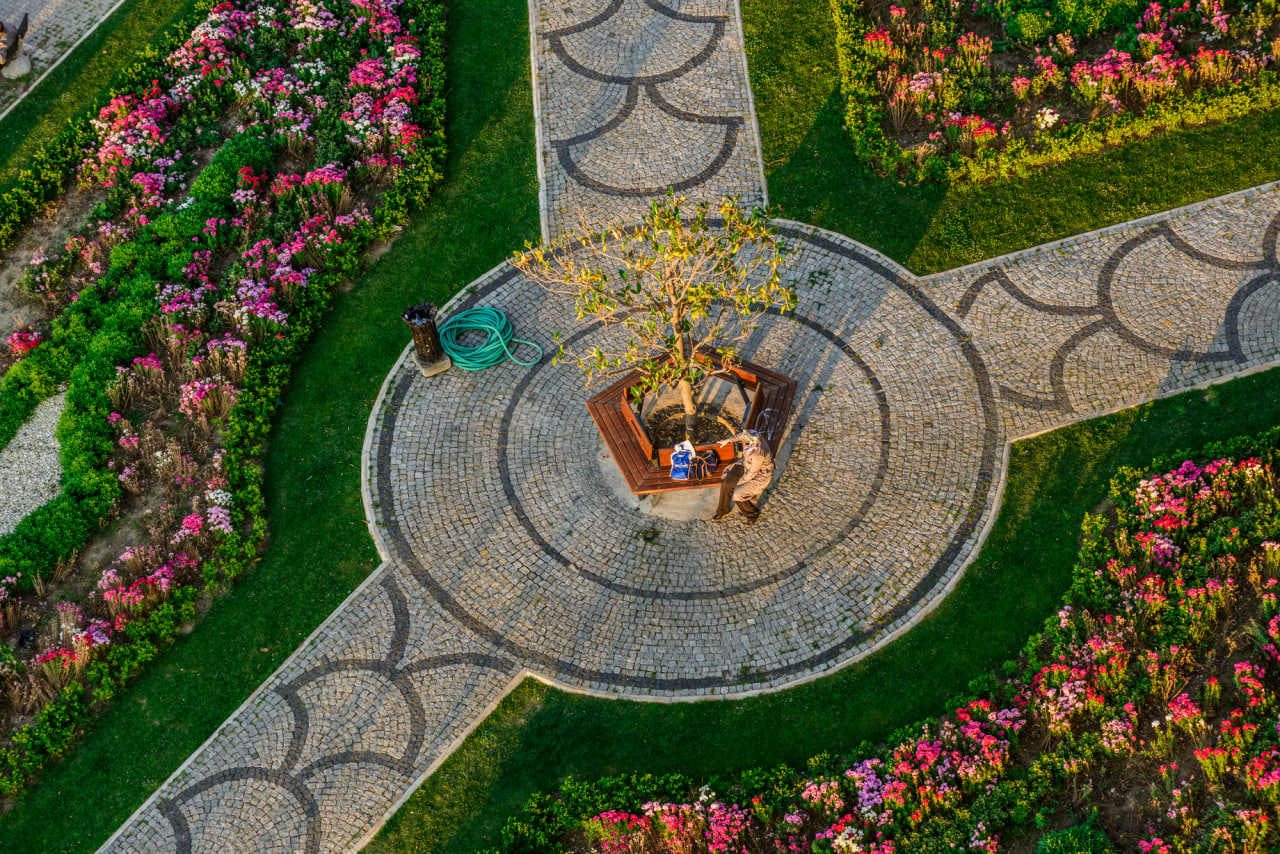5 Common Landscape Design Mistakes (and How to Avoid Them)
Landscape design can transform an ordinary outdoor space into something stunning, functional, and deeply personal. But even the most enthusiastic garden lovers can fall into common traps when designing their landscapes. Whether you’re a beginner or just refining your skills, avoiding these typical mistakes will help you create a space that’s both beautiful and sustainable.
In this article, we’ll walk through five of the most frequent landscape design mistakes—and how you can easily avoid them to achieve professional-looking results.
Ignoring the Natural Environment
One of the most common mistakes in landscape design is failing to consider the natural conditions of your space. Soil quality, sun exposure, rainfall, and climate zones play a major role in how your garden will perform. Selecting plants that aren’t suited to your specific region often results in frustration, dead plants, and wasted money.
How to avoid it:
Before you plant anything, spend time observing your outdoor space. Take note of how much sunlight different areas receive throughout the day, whether there are drainage issues, and what type of soil you’re working with. Choose native or climate-adapted plants that thrive in your environment. This not only saves time and resources, but also encourages local biodiversity and reduces maintenance.
Overcrowding the Space
In the excitement of creating a lush garden, many beginners tend to plant too much, too close together. This not only causes plants to compete for light and nutrients, but also leads to a cluttered look that lacks structure and balance.
How to avoid it:
Start with a clear design plan. Think in layers—foreground, midground, and background—and give each plant enough space to grow into its mature size. Remember, gardens take time to develop. It’s better to start with fewer plants and gradually add more as your design vision evolves.
Forgetting Functionality
A garden isn’t just something to look at—it’s something to live in. A common mistake is designing for beauty alone, without considering how the space will actually be used. This often results in uncomfortable seating, narrow walkways, or poor access to key areas.
How to avoid it:
Think of your outdoor space as an extension of your home. Ask yourself: Will people dine here? Do kids or pets need space to play? Should there be a private corner for reading or relaxation? Incorporate pathways, zones, and comfortable furniture into your plan to ensure the landscape supports your lifestyle.
Neglecting Maintenance Needs
It’s easy to fall in love with complex, high-maintenance gardens in photos—but without time and proper upkeep, these spaces can quickly become overwhelming. Choosing labor-intensive plants or materials without a realistic maintenance plan is a recipe for burnout.
How to avoid it:
Be honest about the time and effort you’re willing to invest. Choose low-maintenance plants, like perennials and evergreens, and materials that are easy to clean or weather-resistant. Consider installing drip irrigation systems and mulch to reduce watering and weeding needs. A well-designed garden should bring joy—not stress.
Lack of a Focal Point
Without a focal point, even a well-planted garden can feel directionless or visually flat. Many first-time designers focus on filling space, but forget to create moments of interest that guide the eye and add drama.
How to avoid it:
Incorporate at least one main feature that draws attention—a sculpture, a tree with unique form, a water feature, or a beautifully designed bench. Then, arrange your planting and layout to subtly lead the viewer’s eye toward this focal point. This adds structure and storytelling to your landscape.

